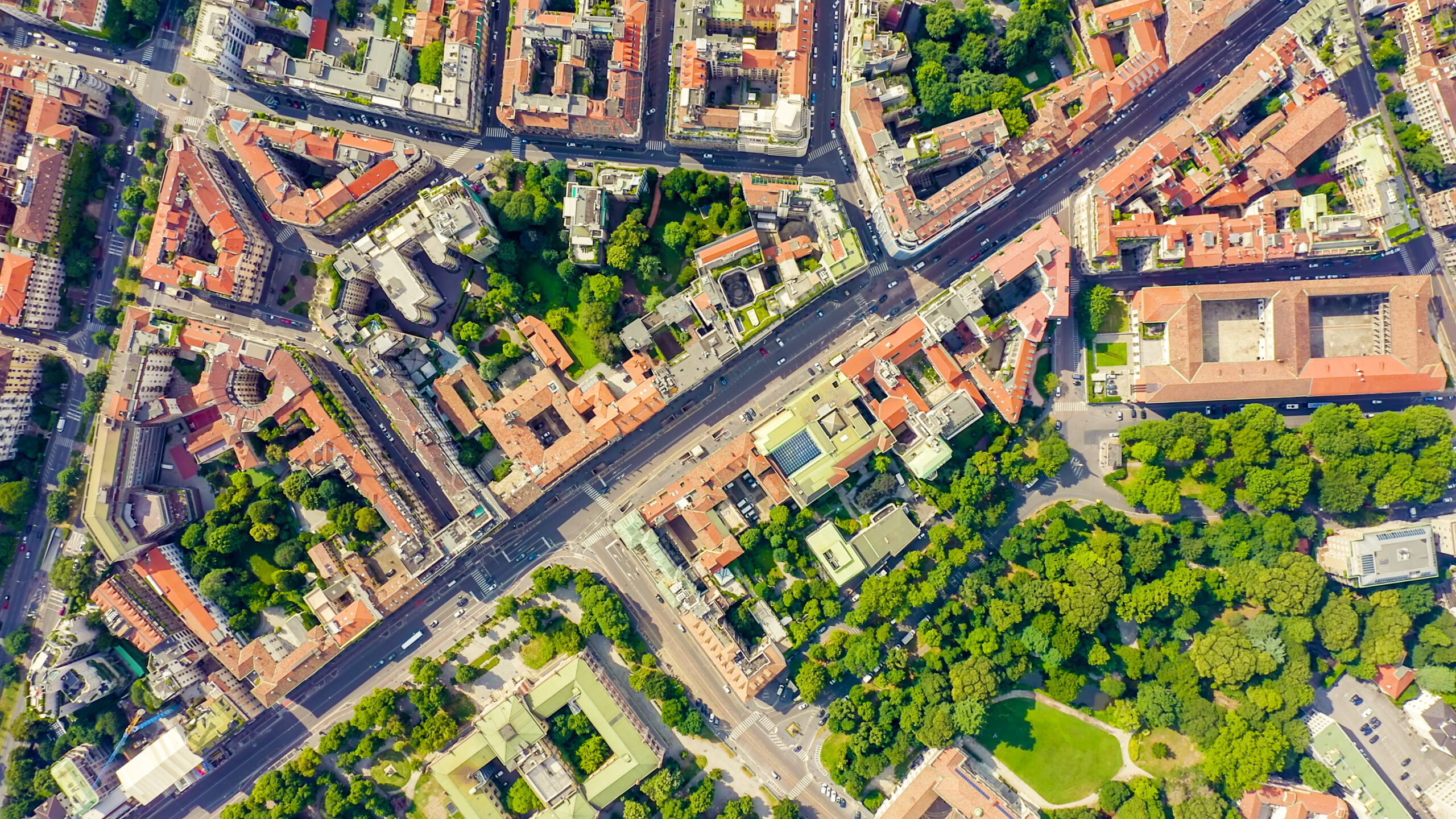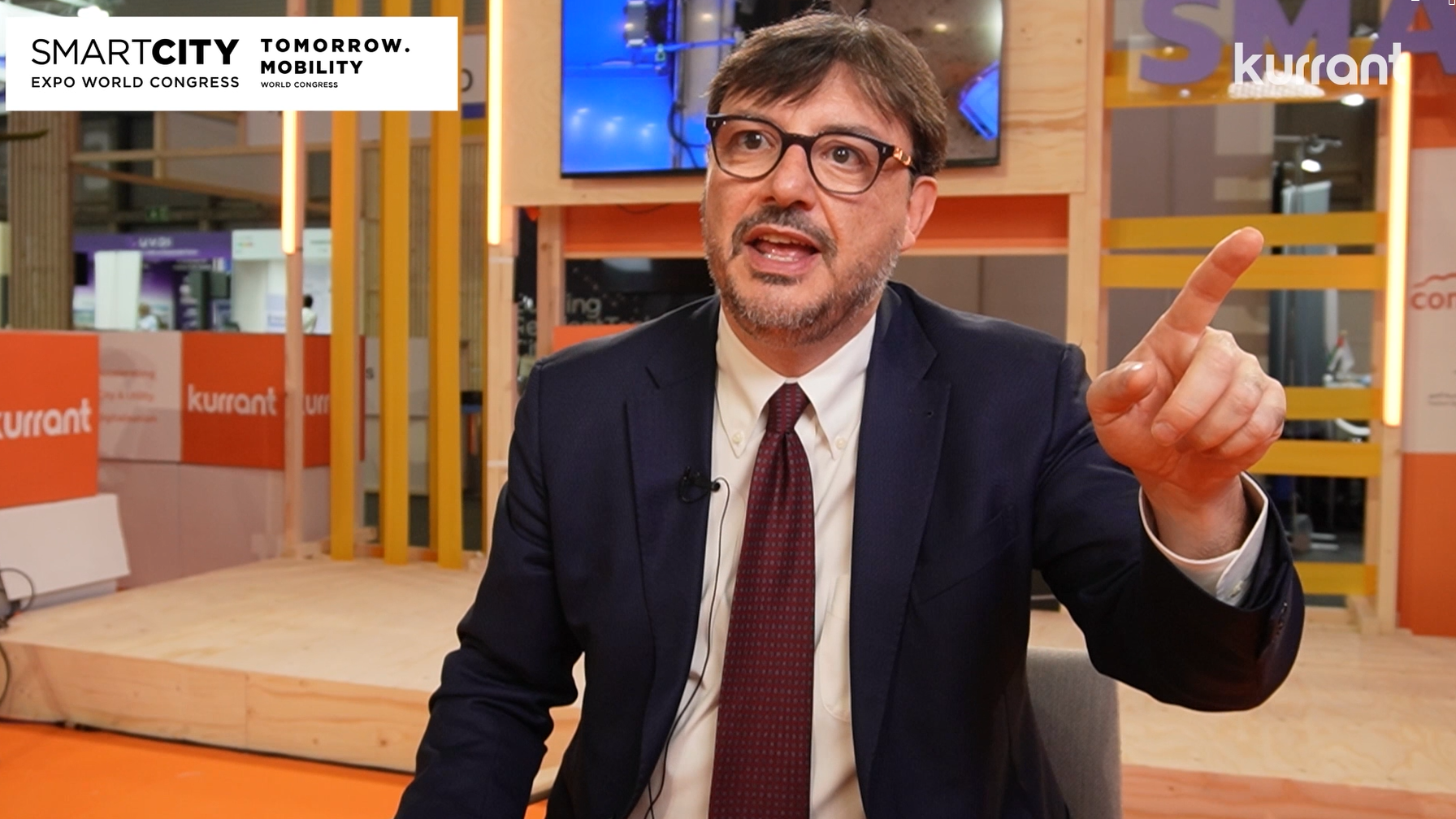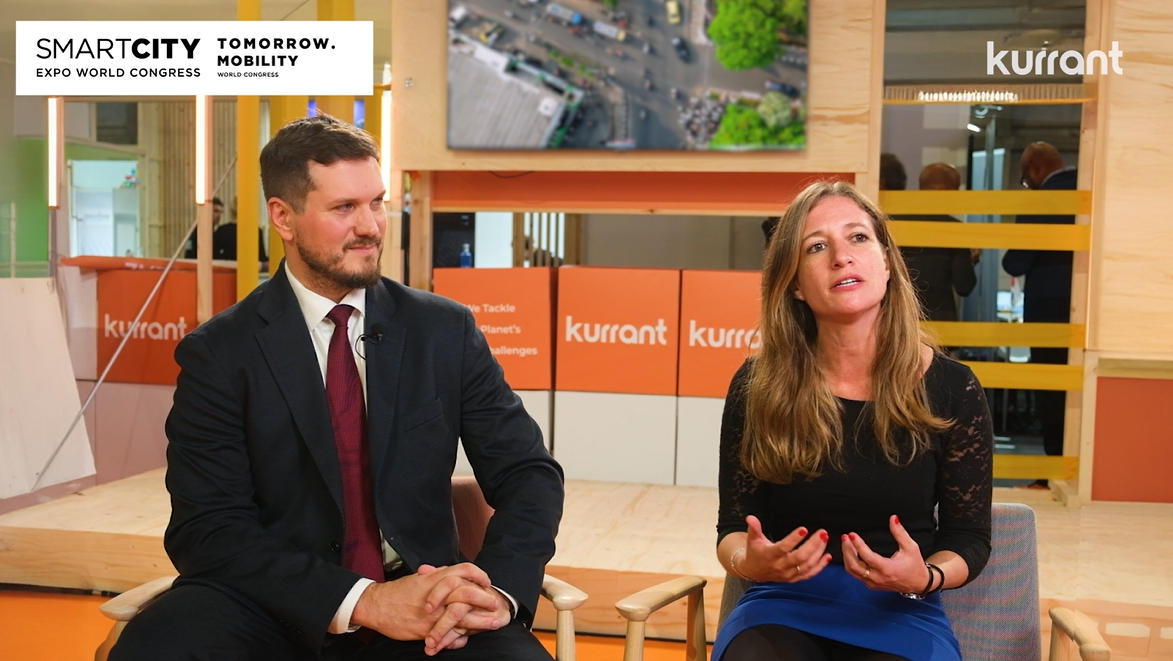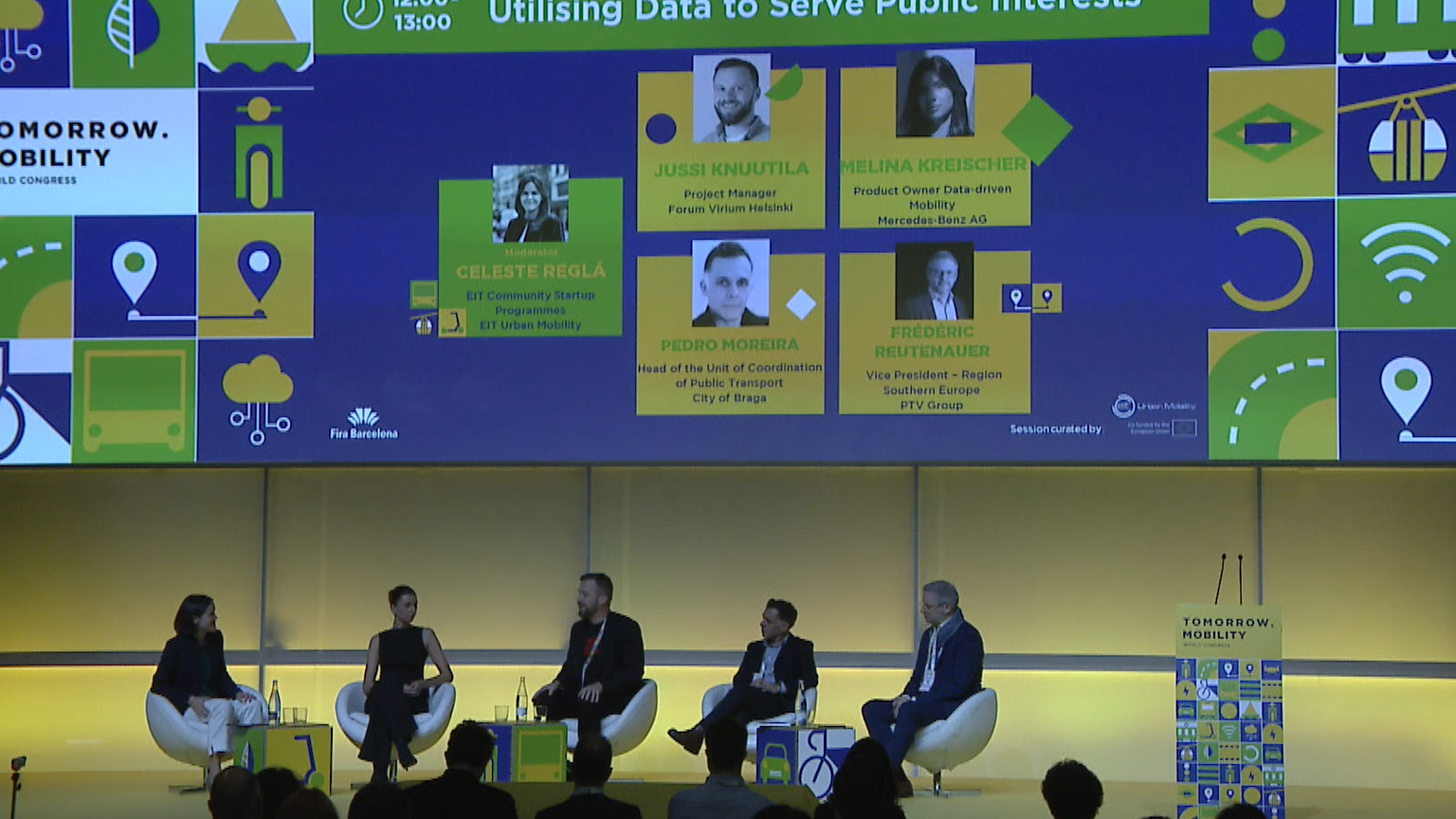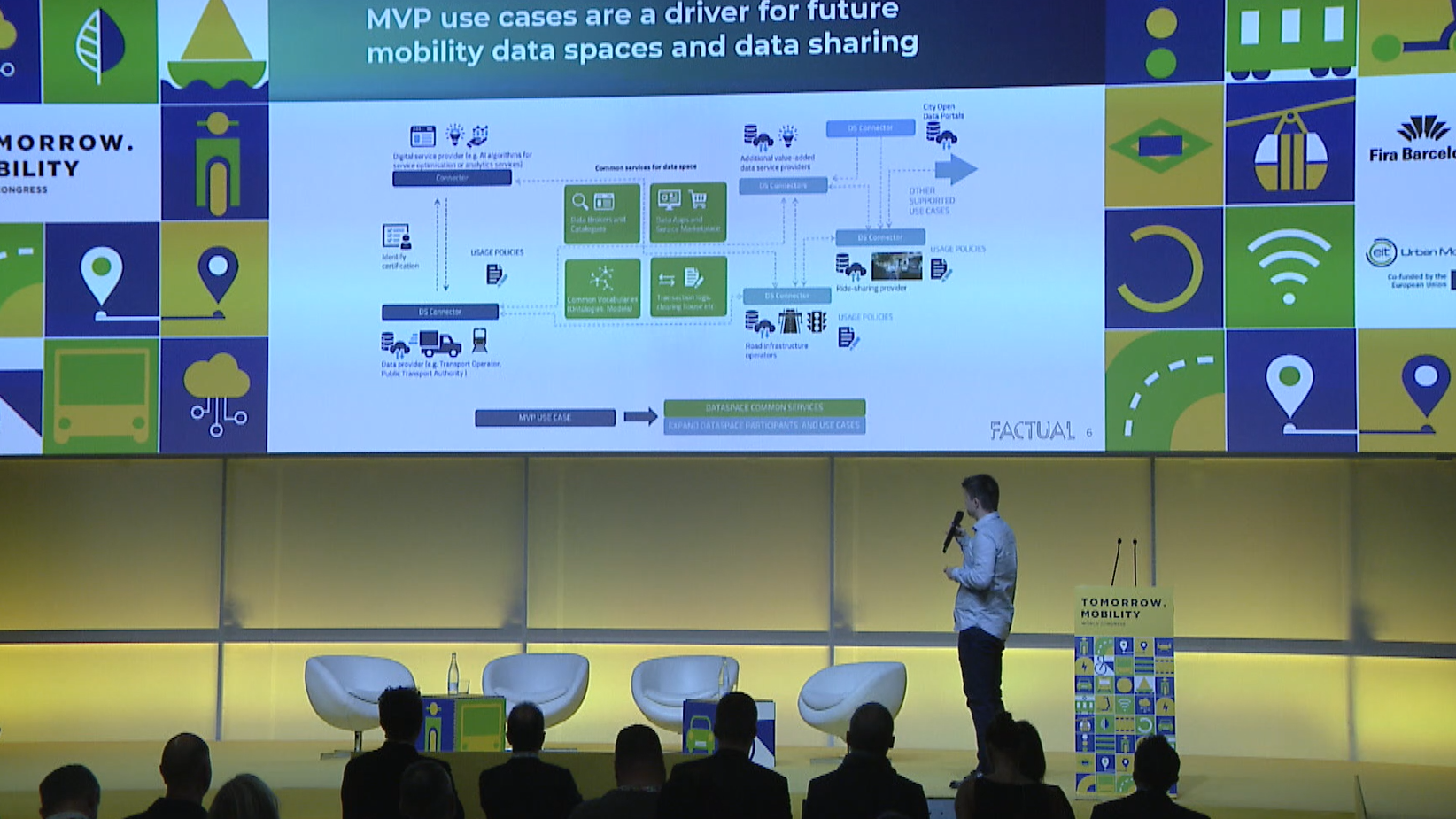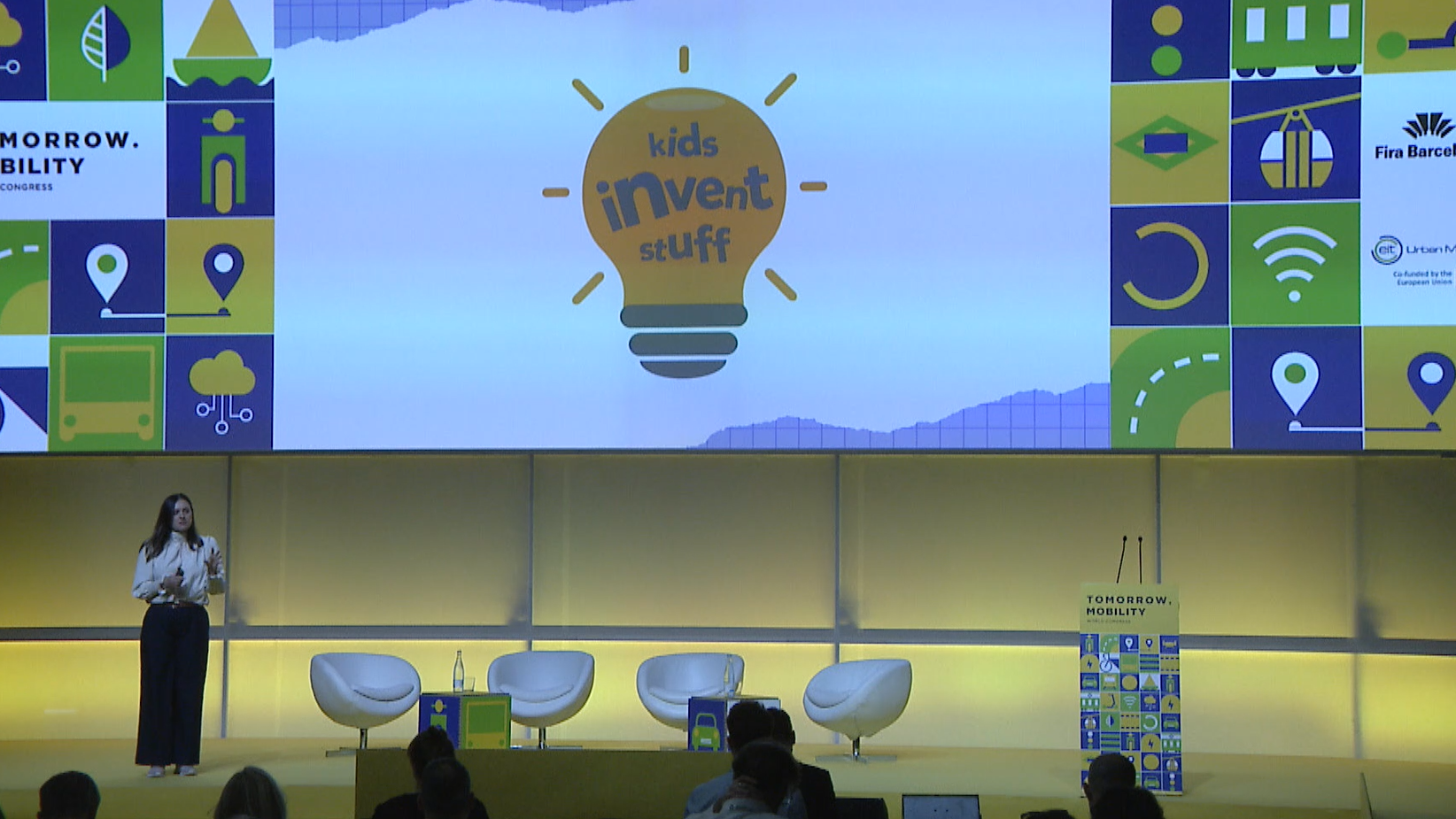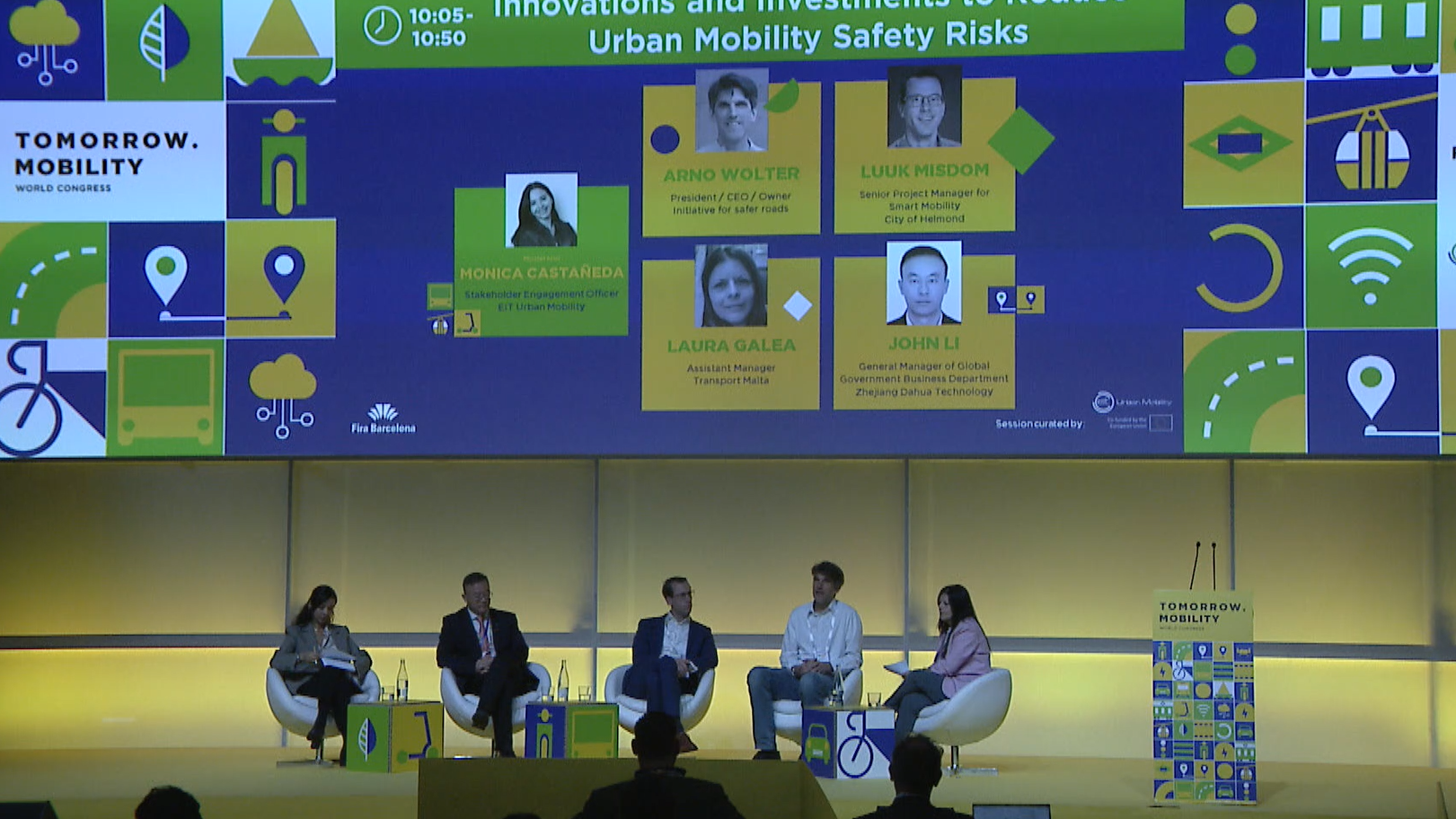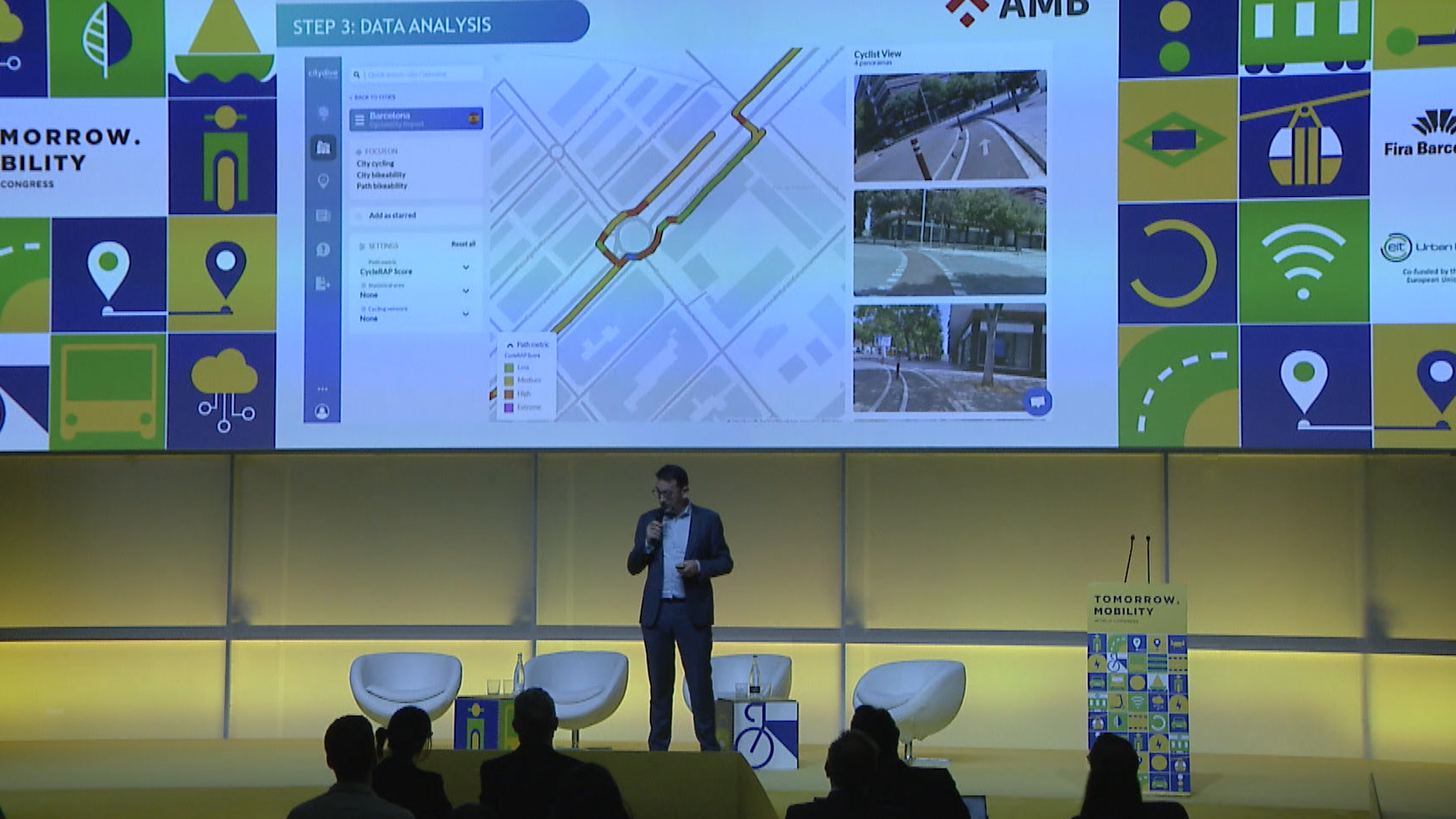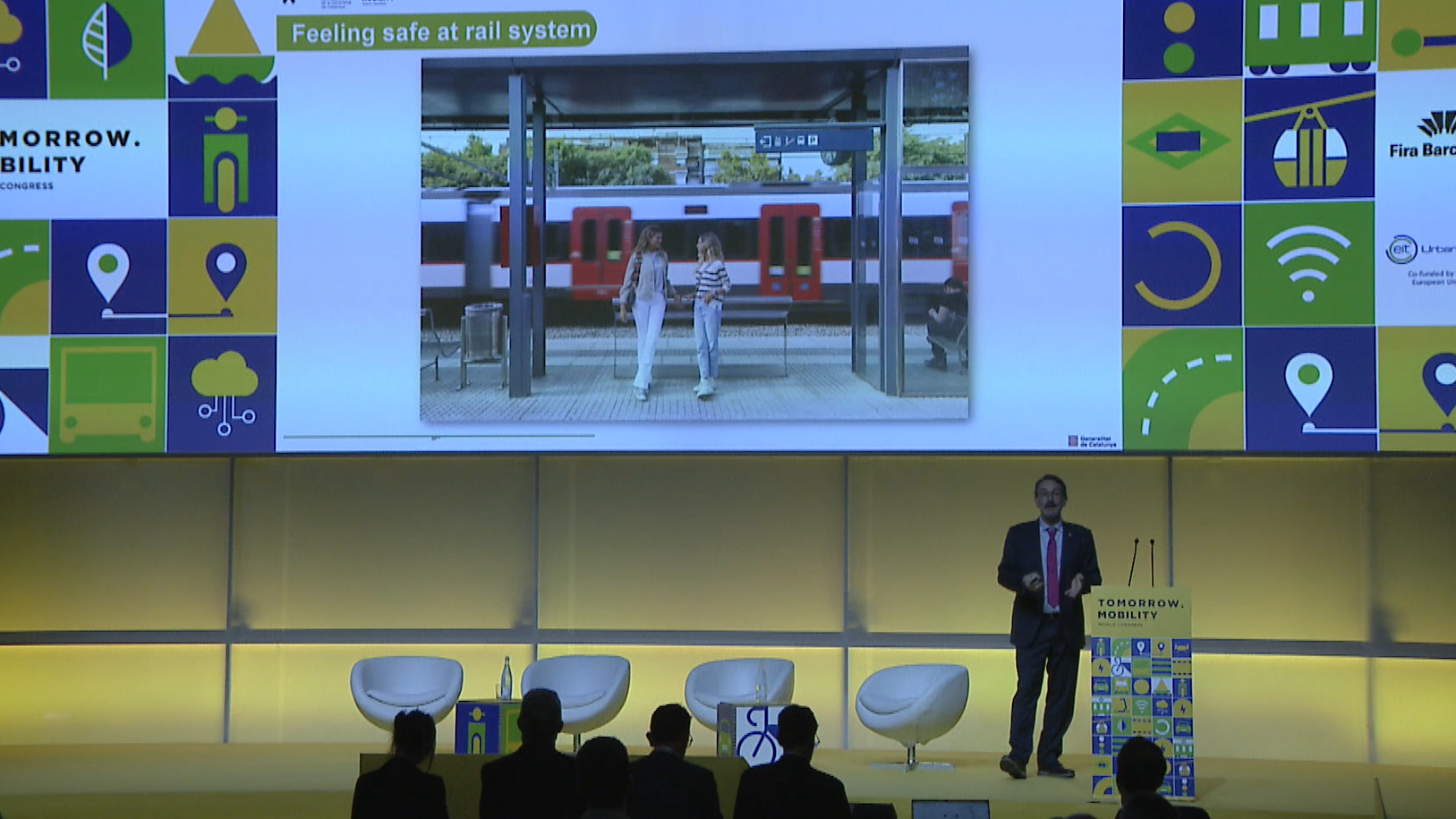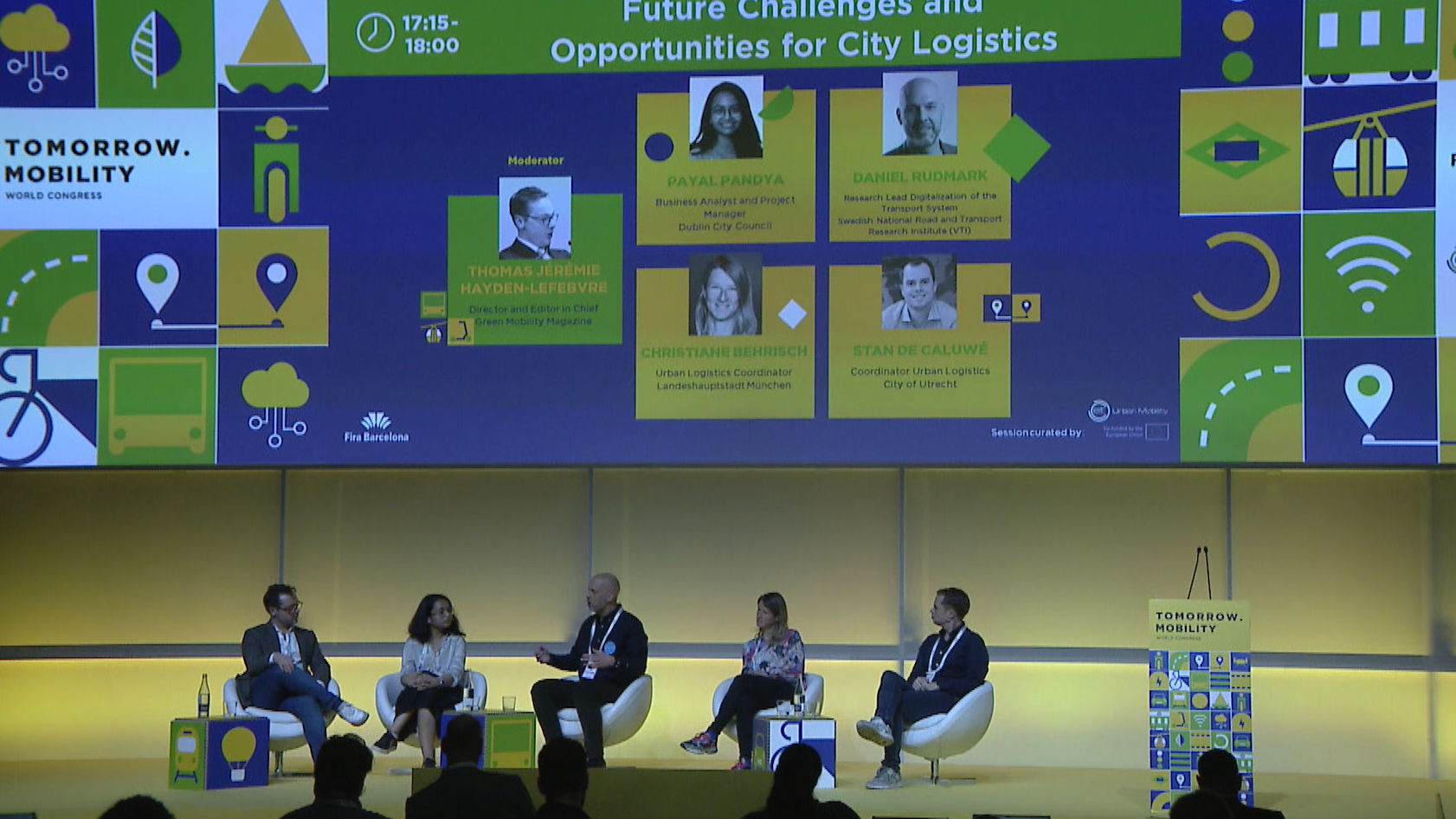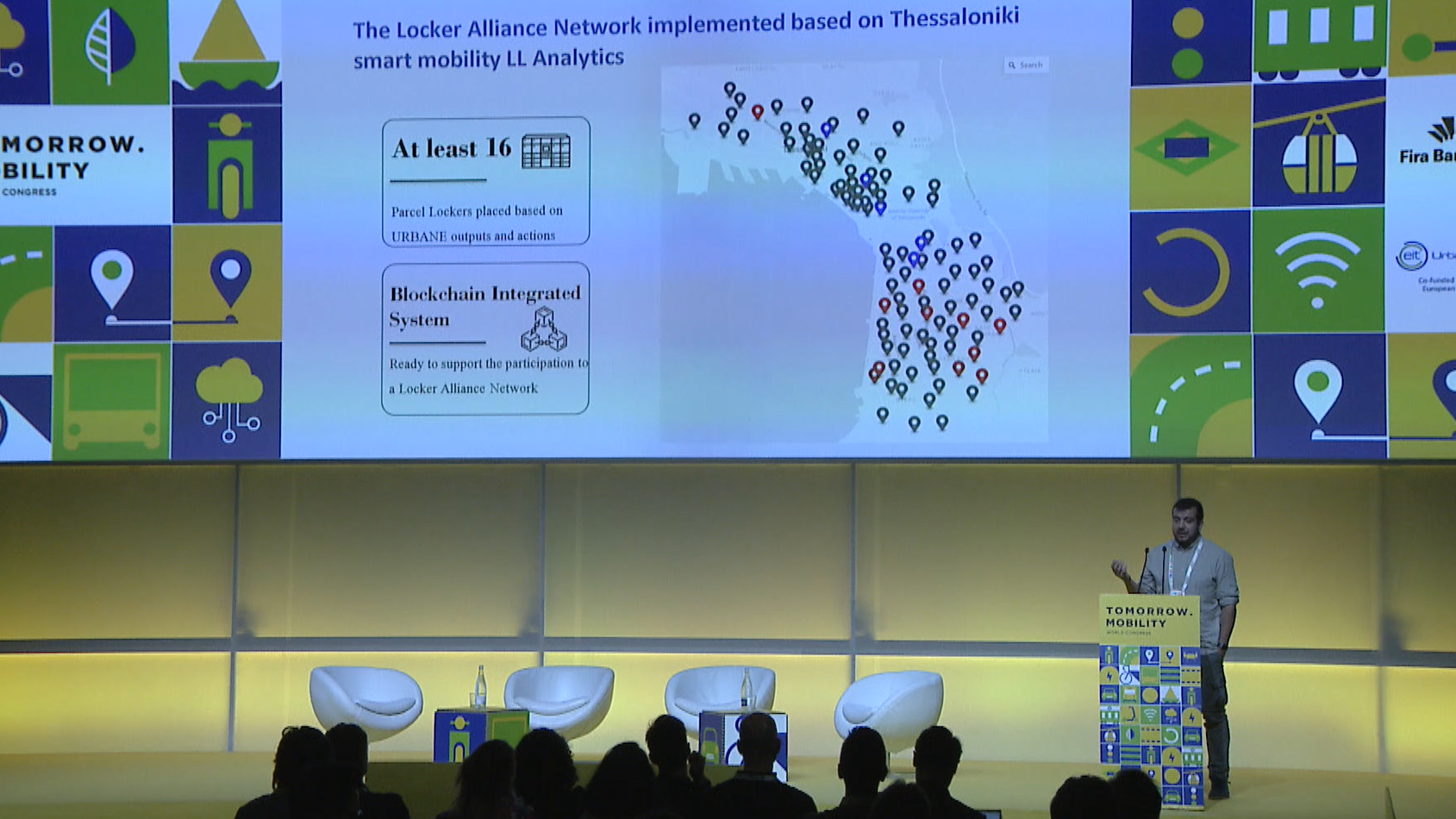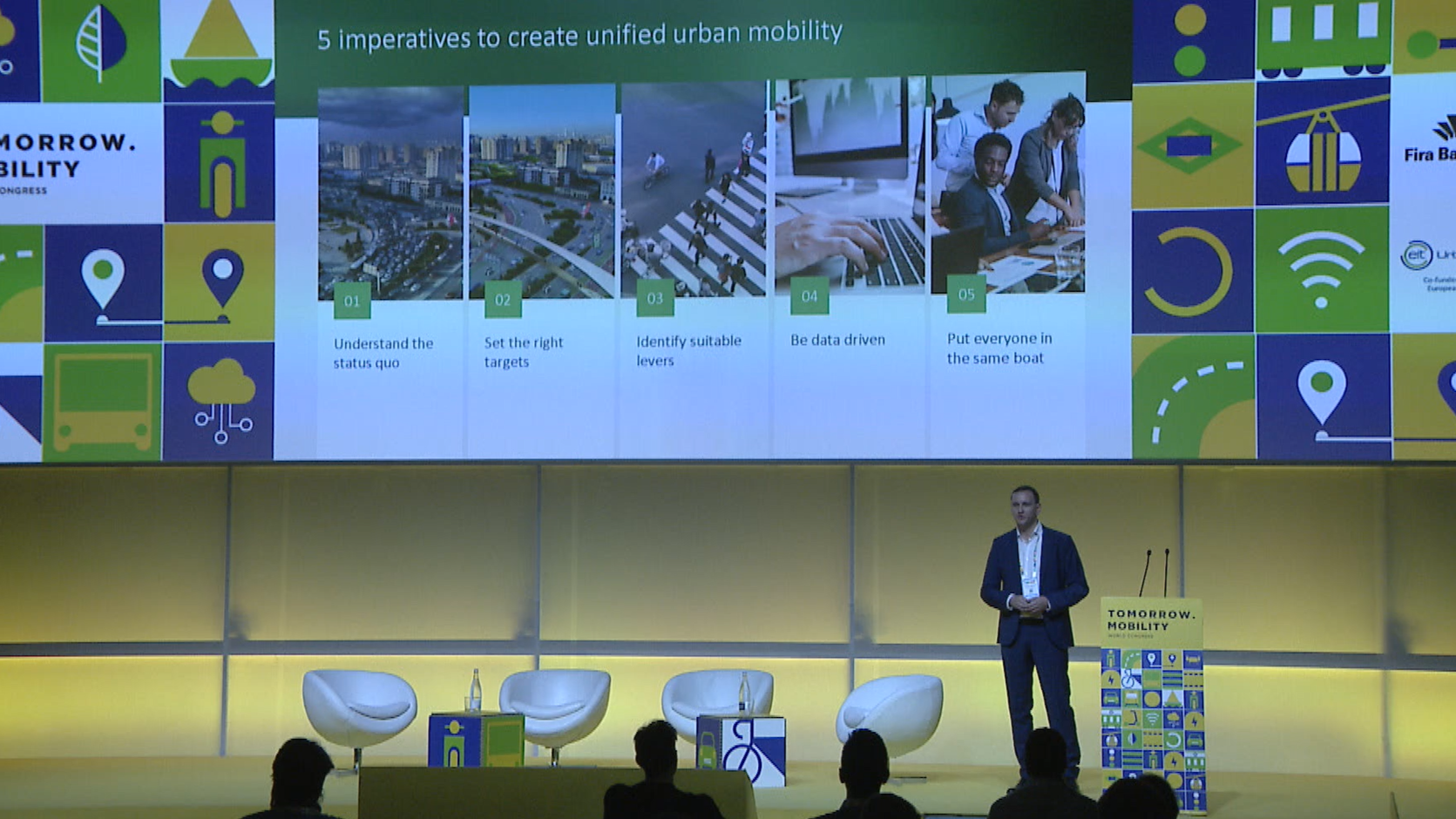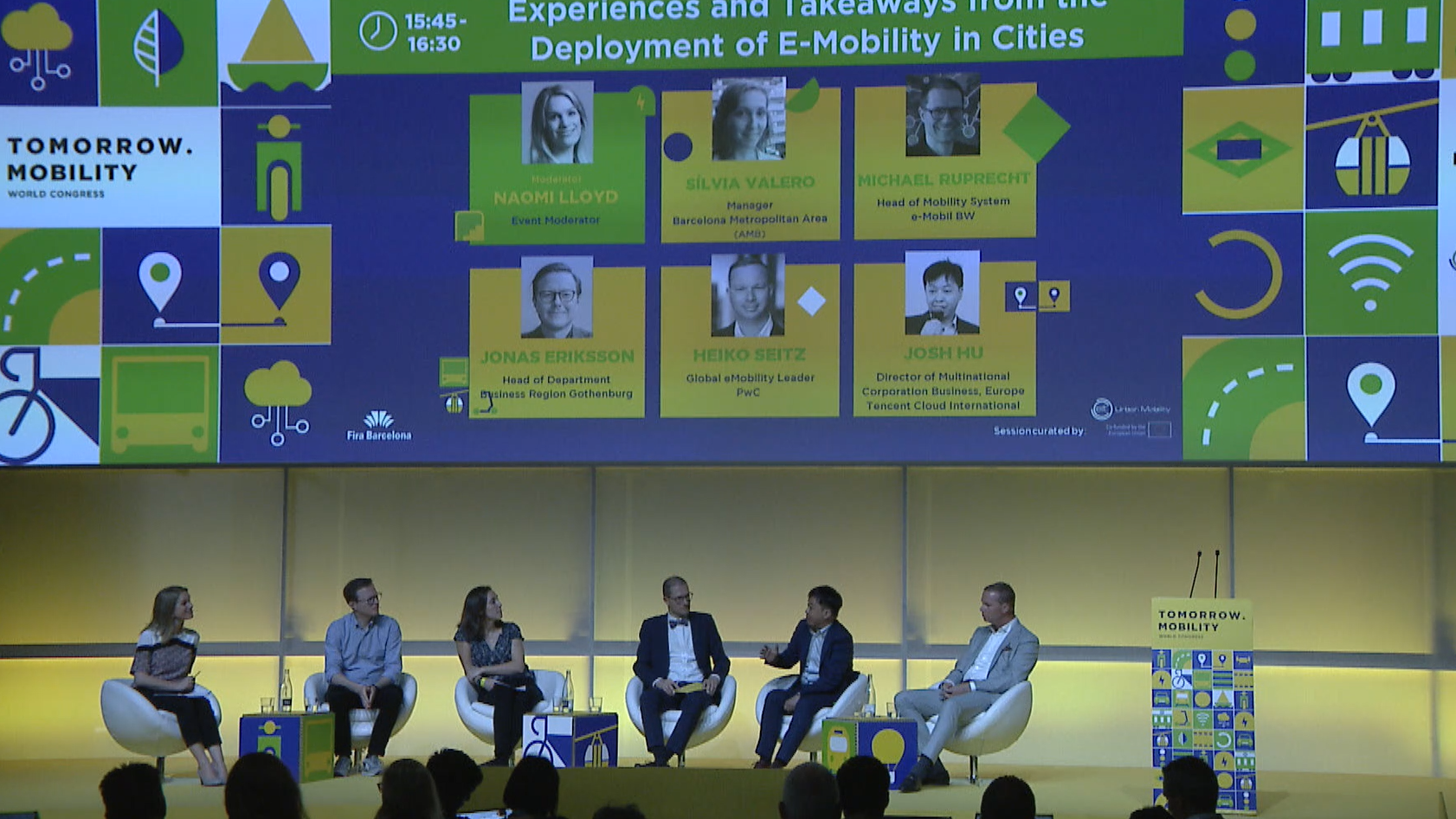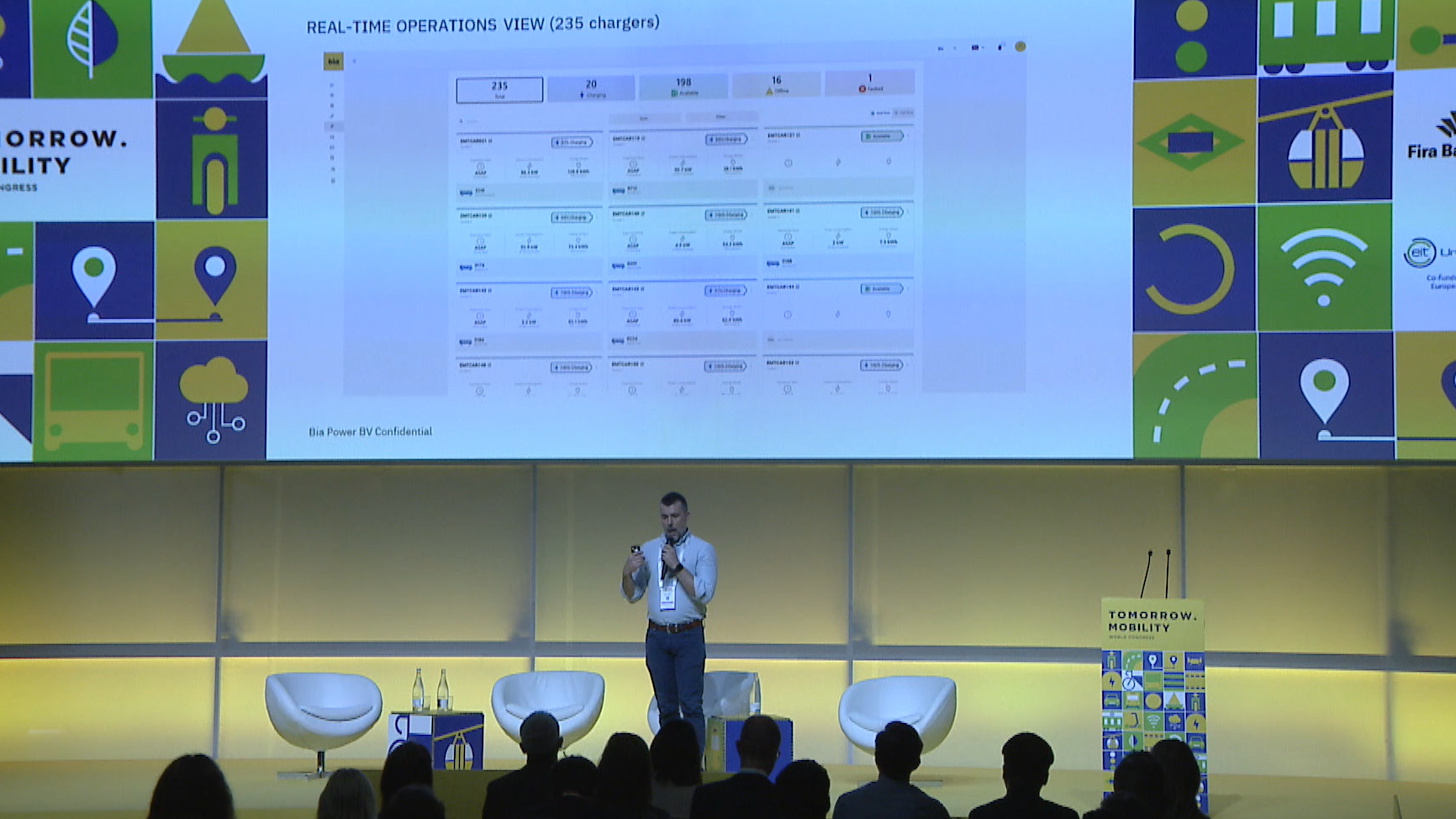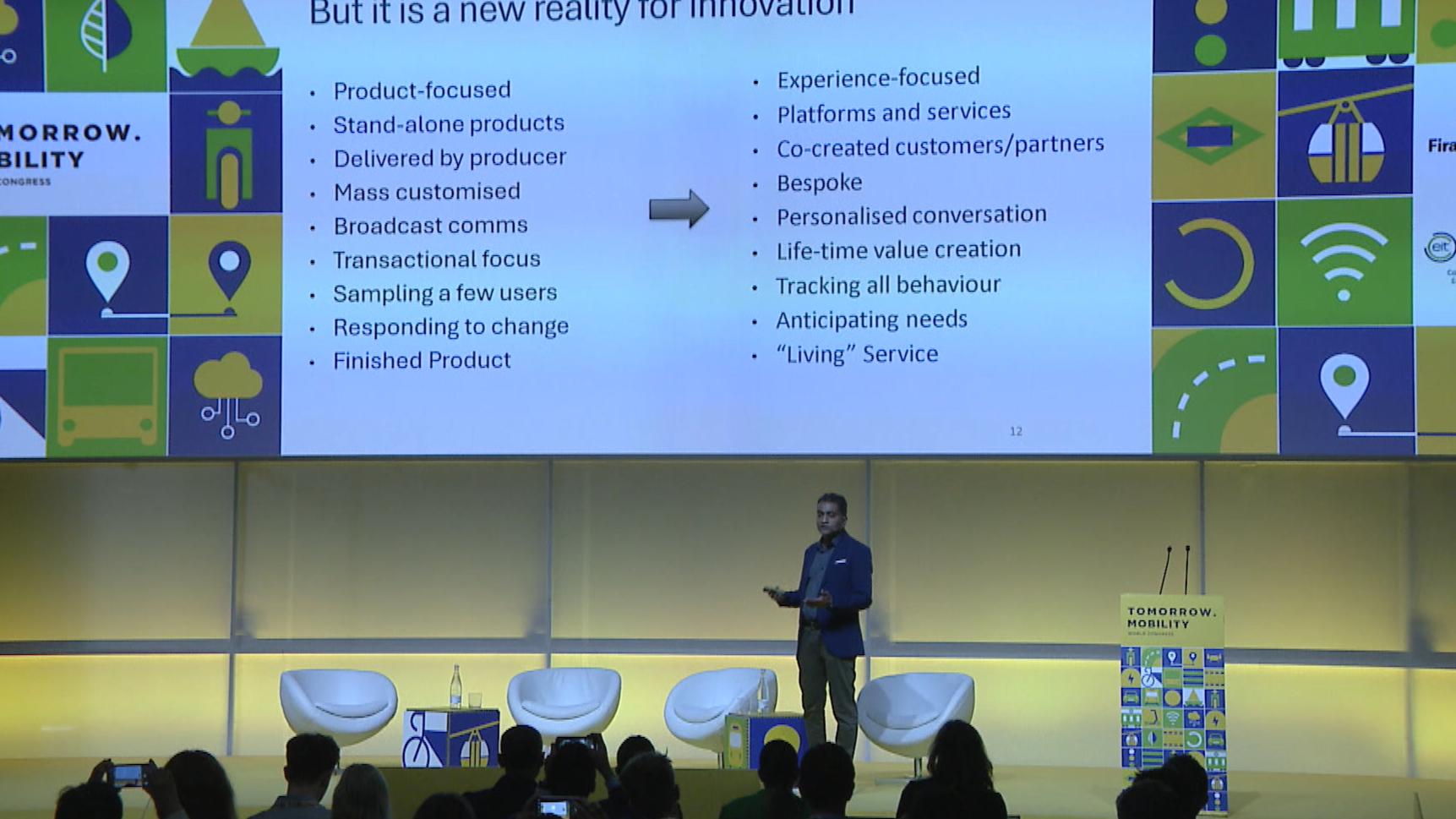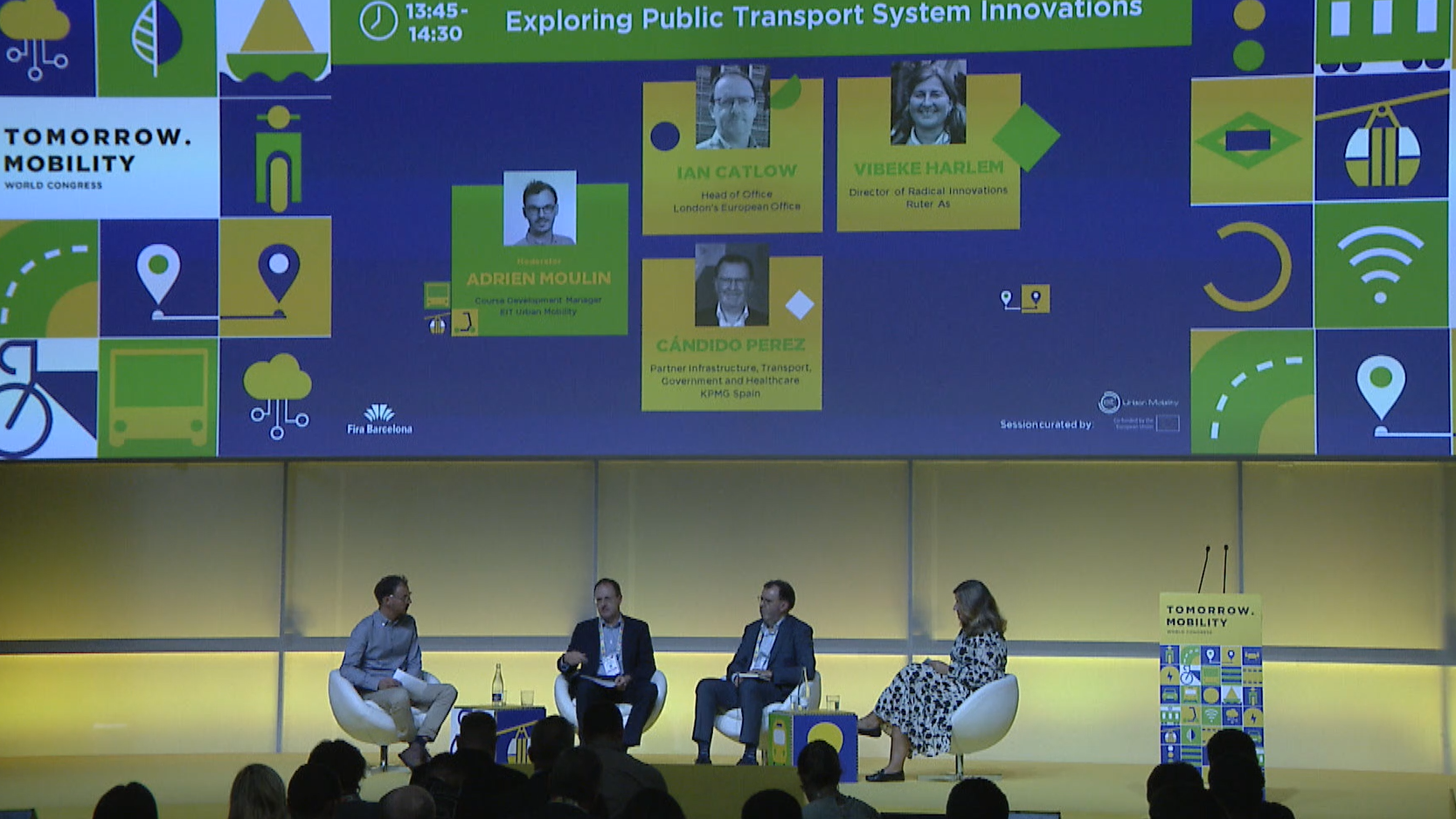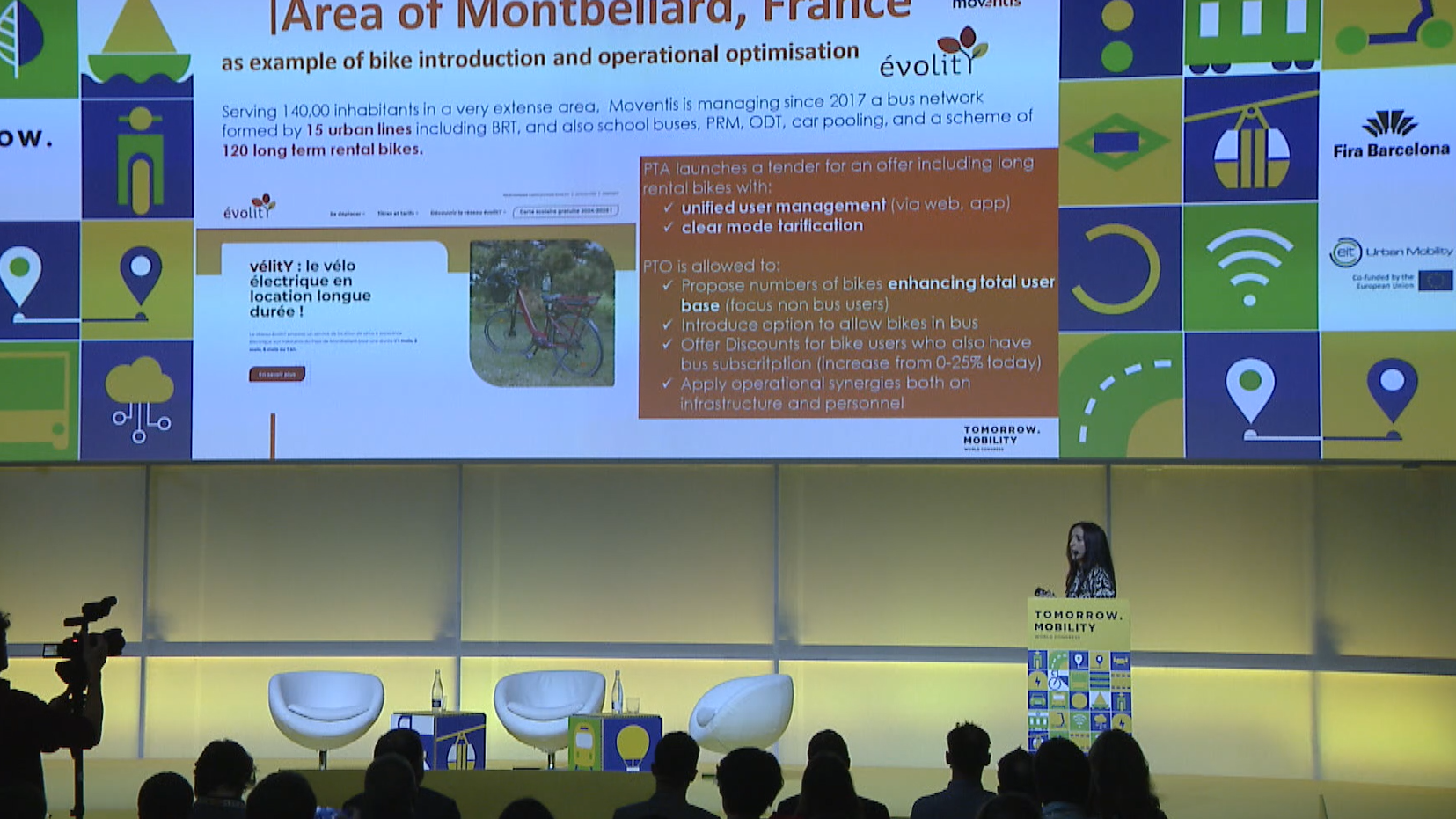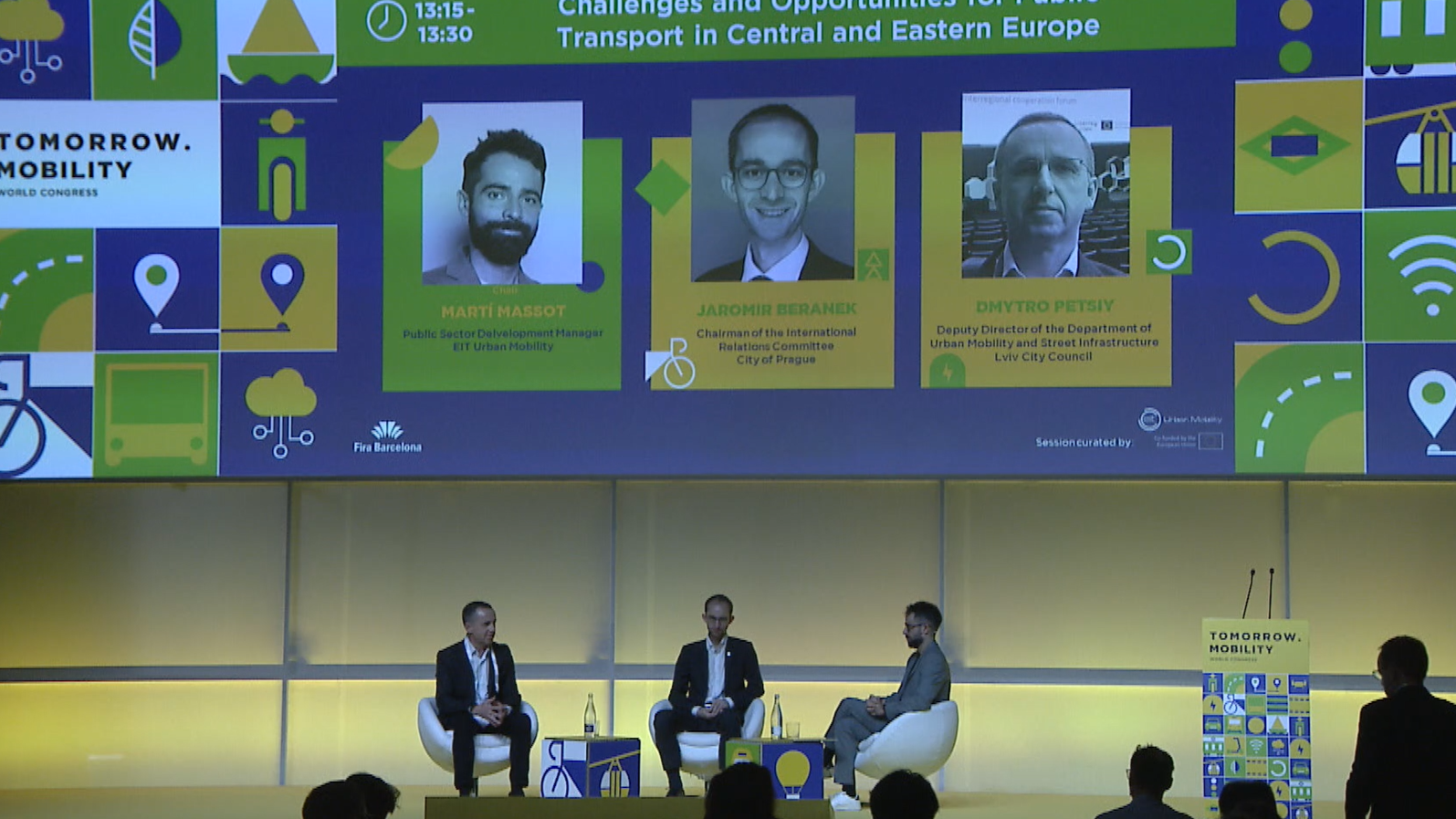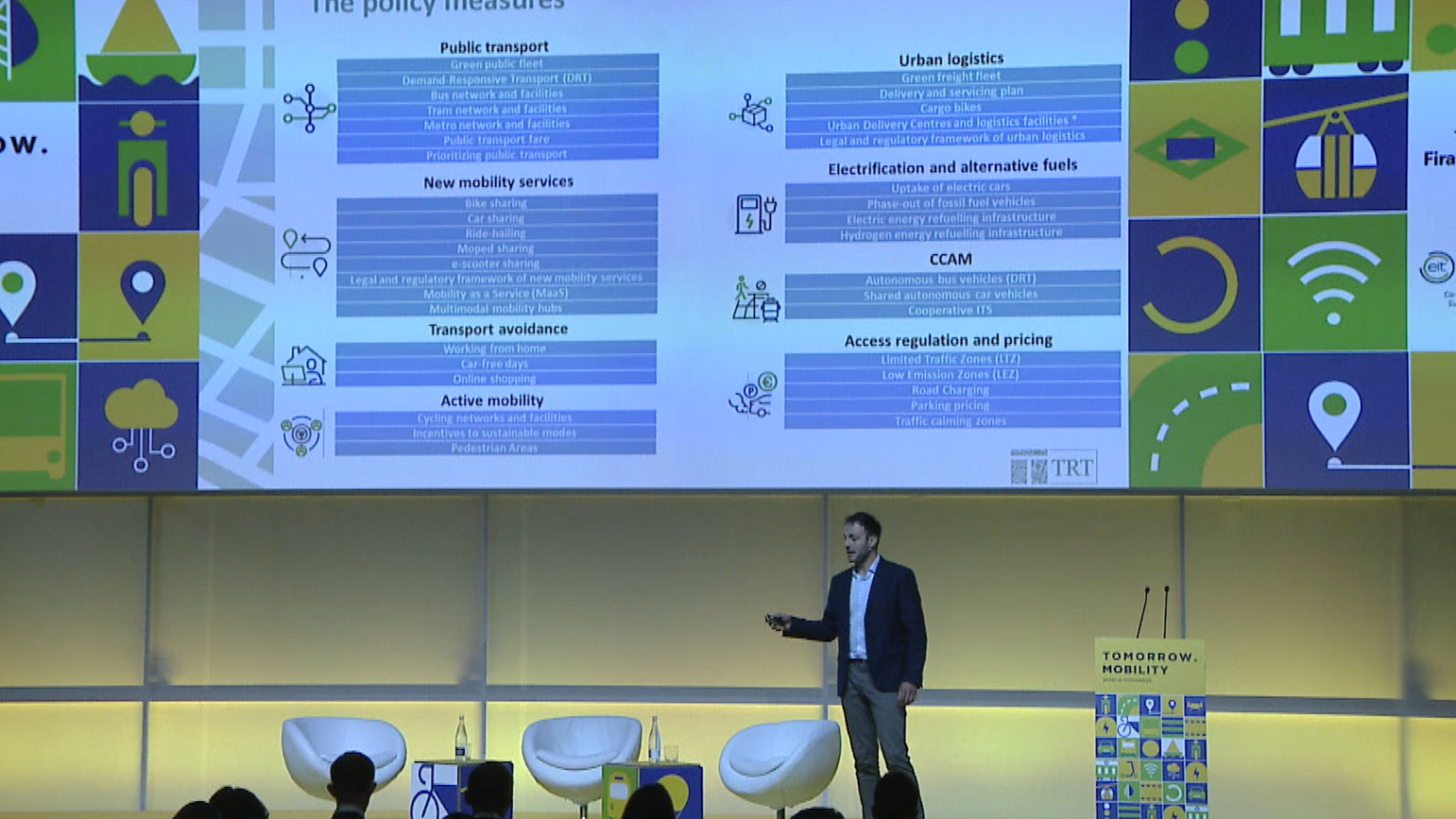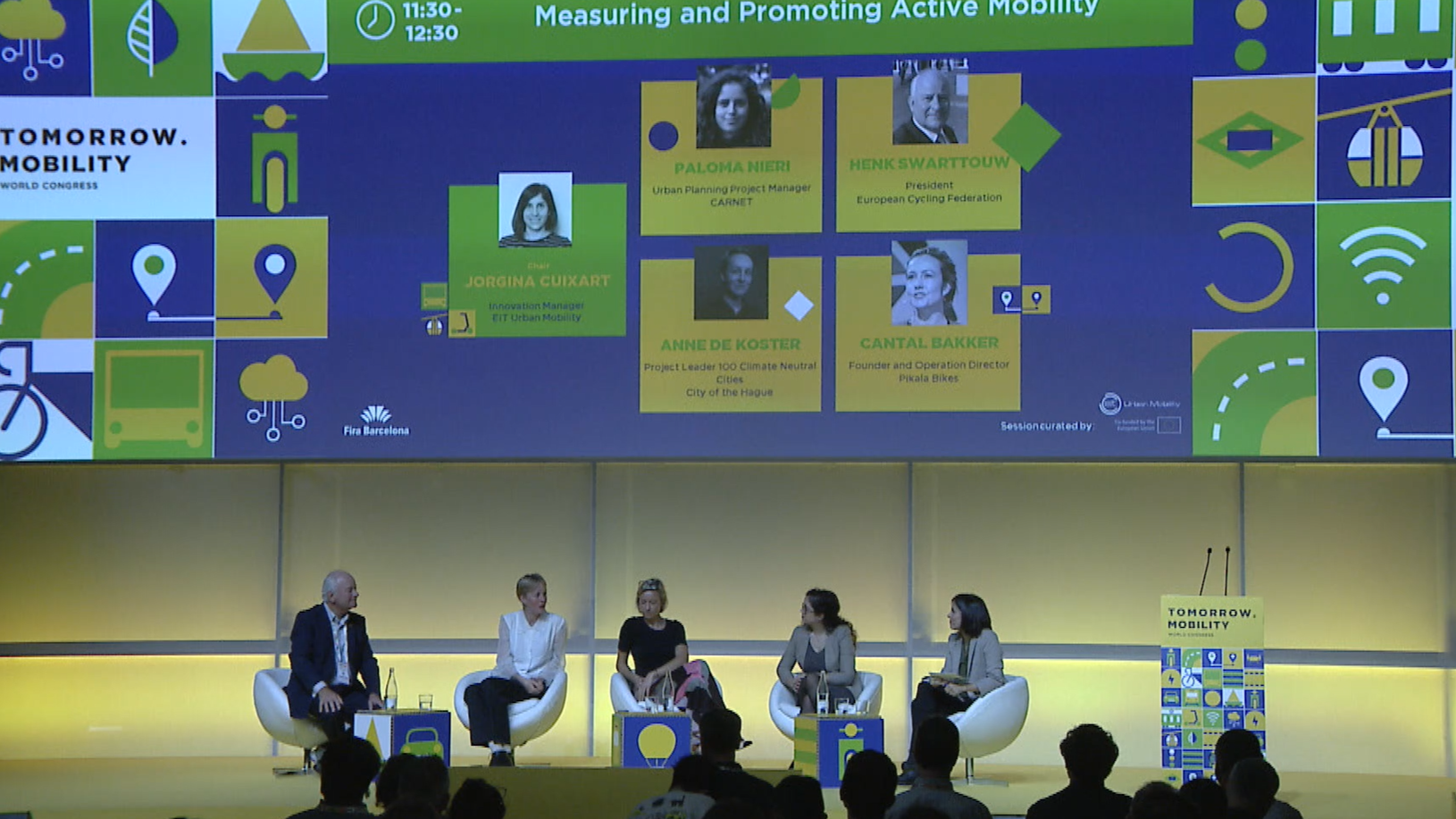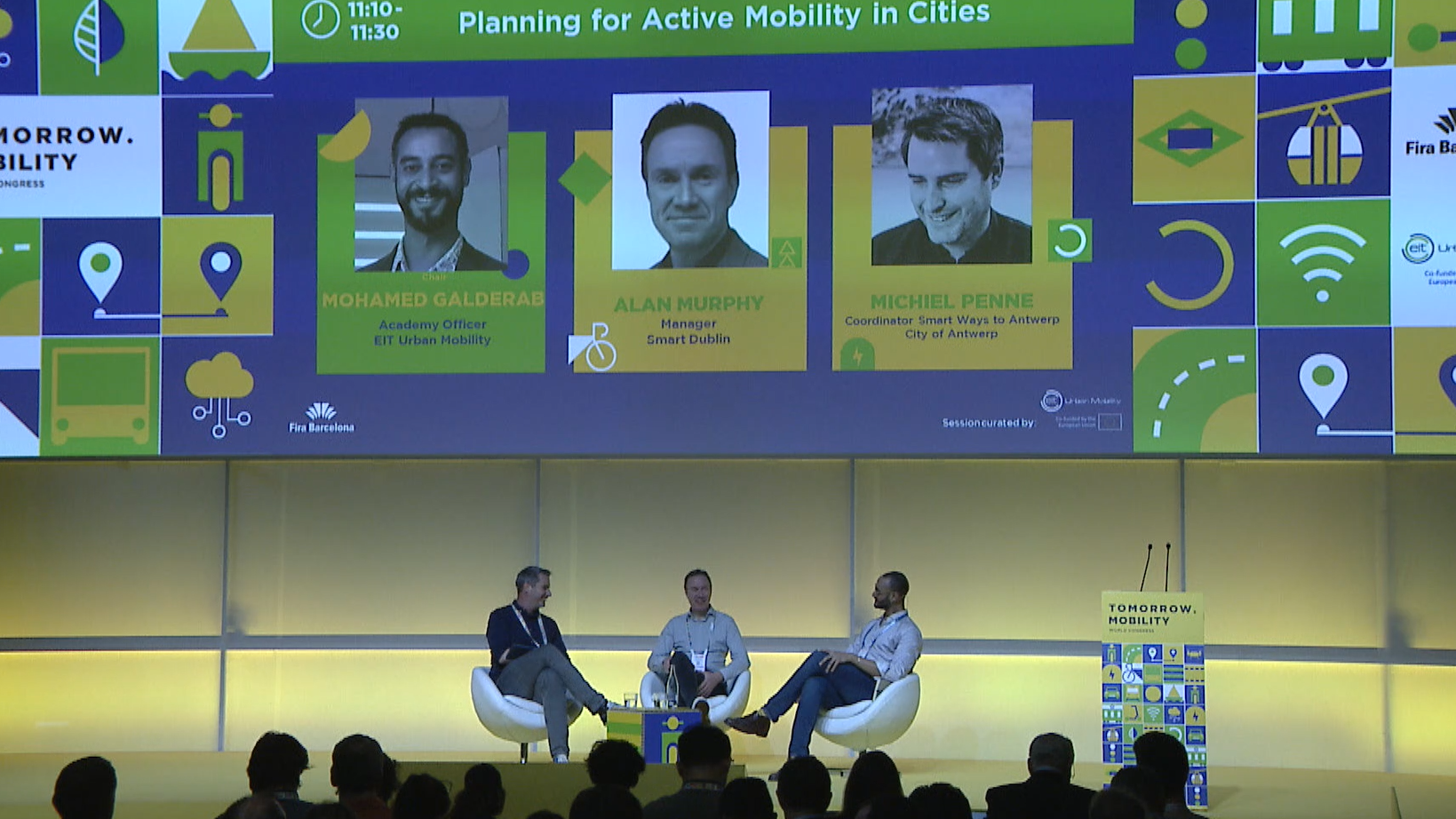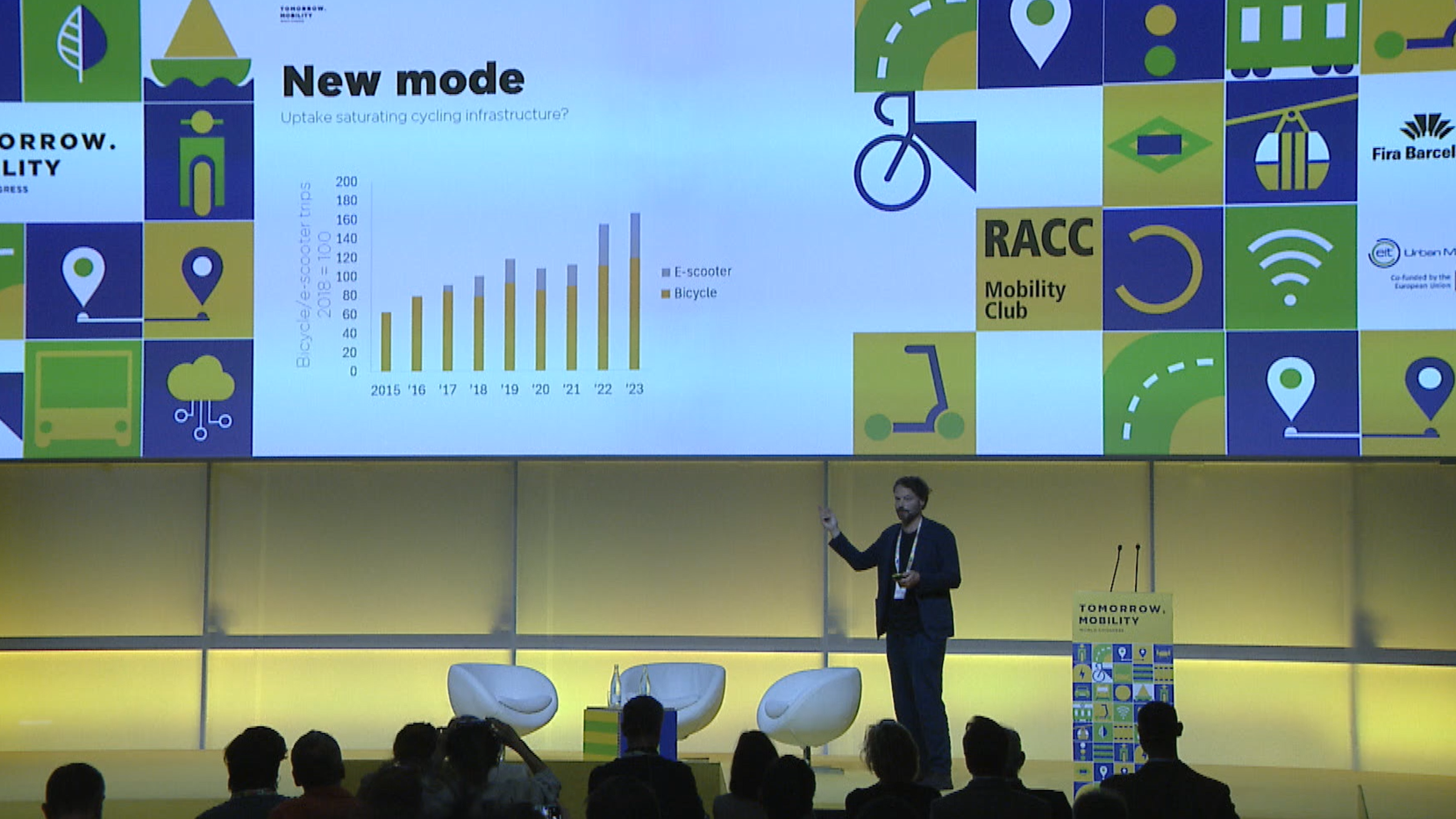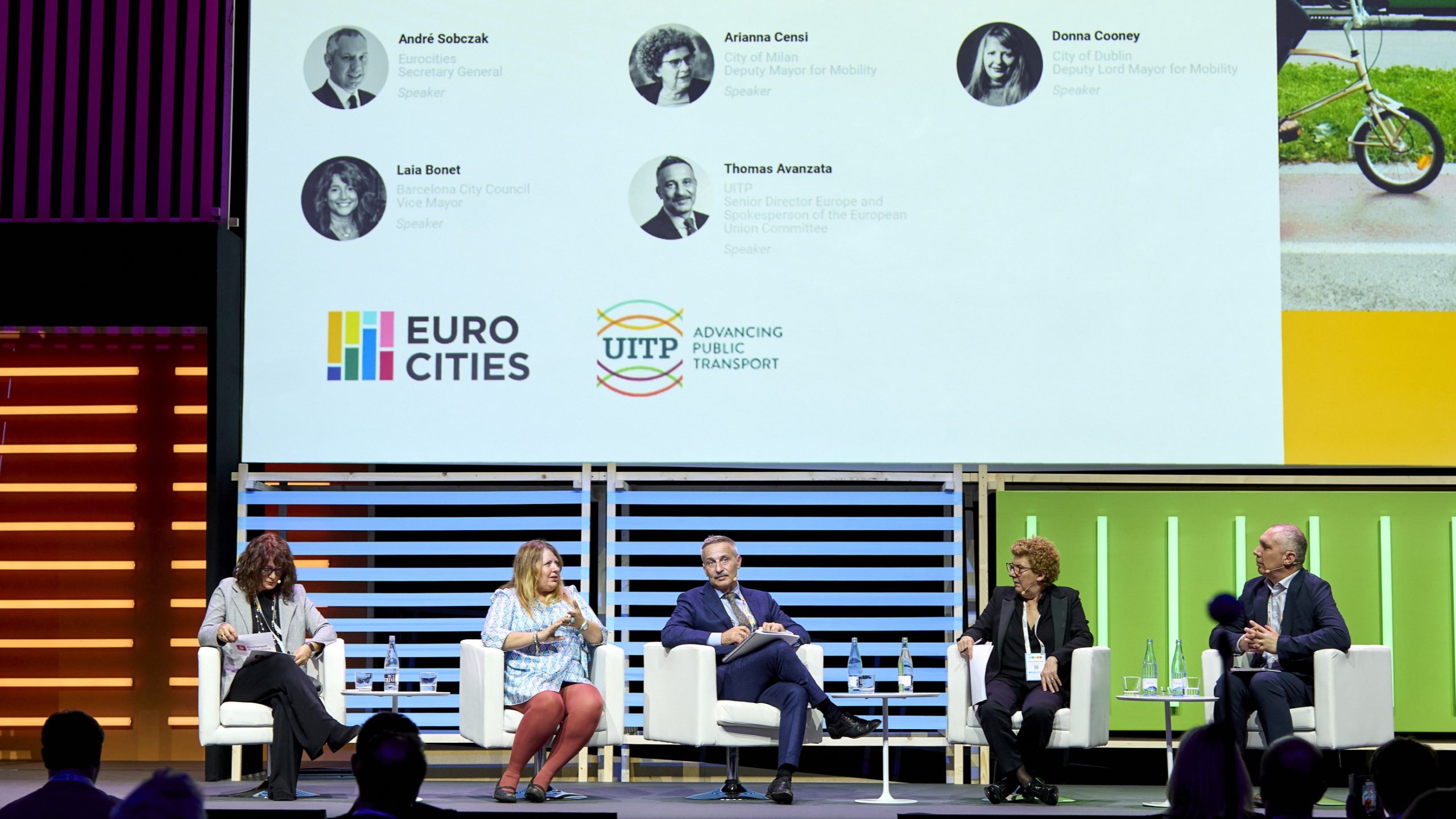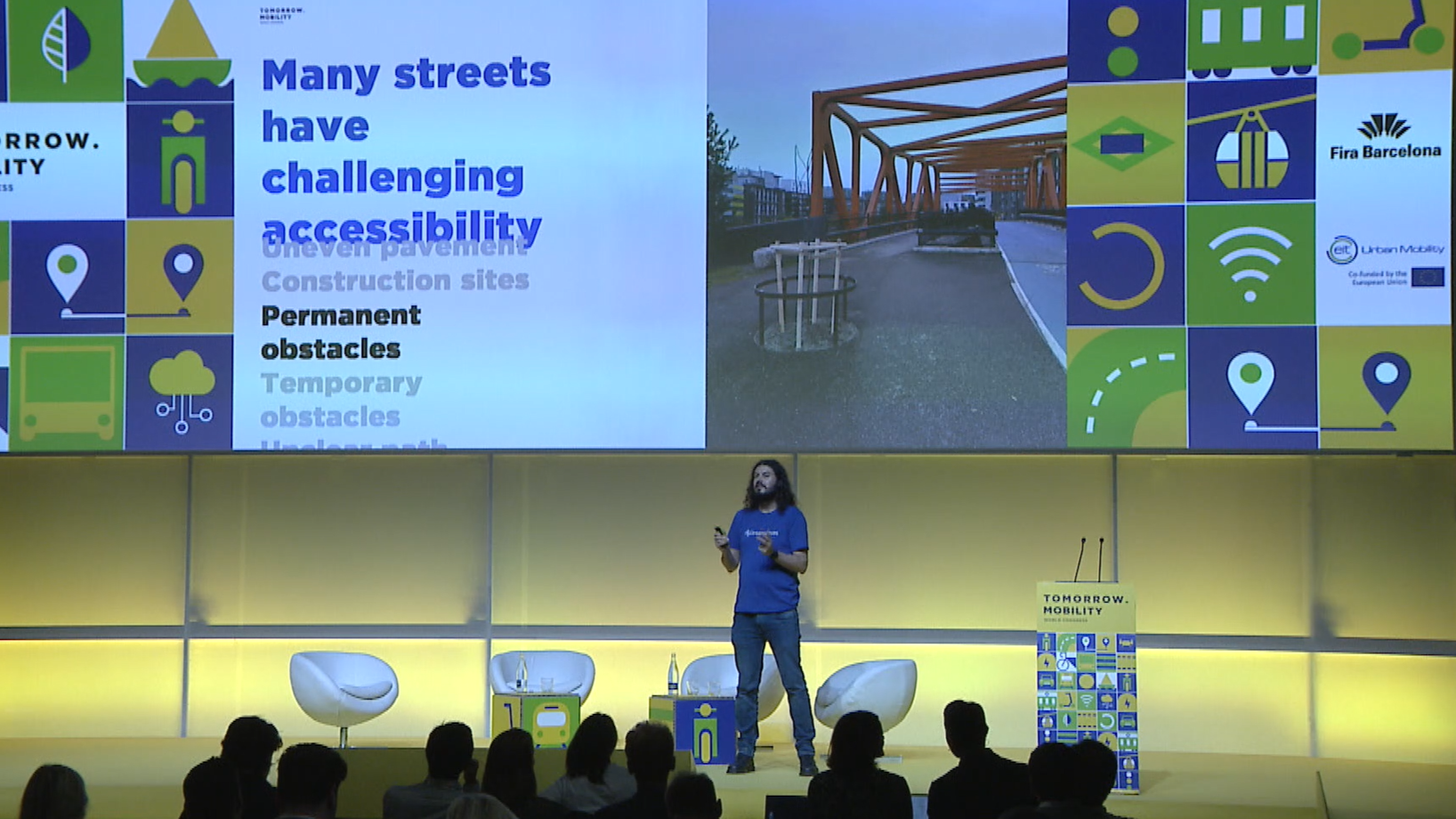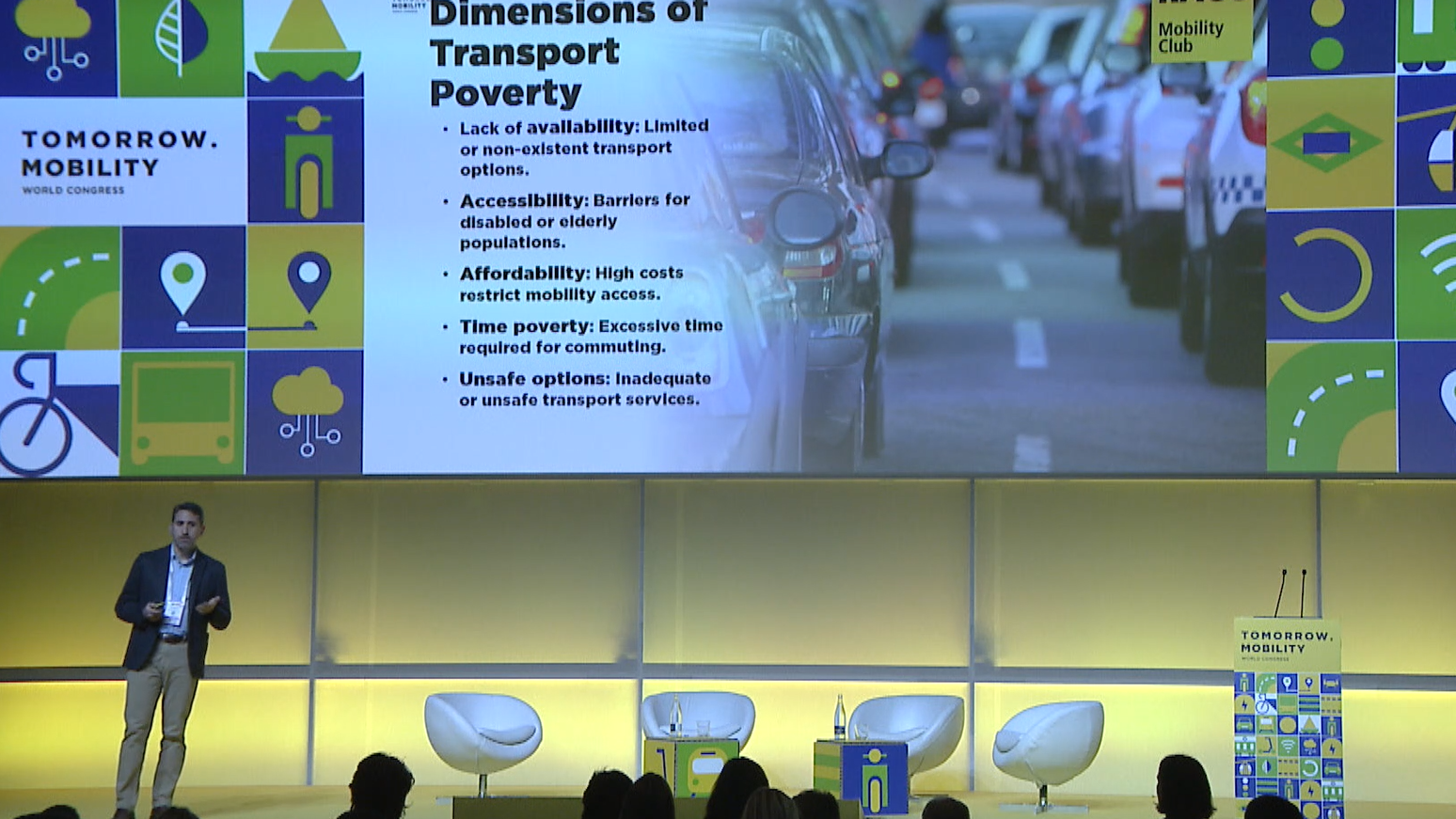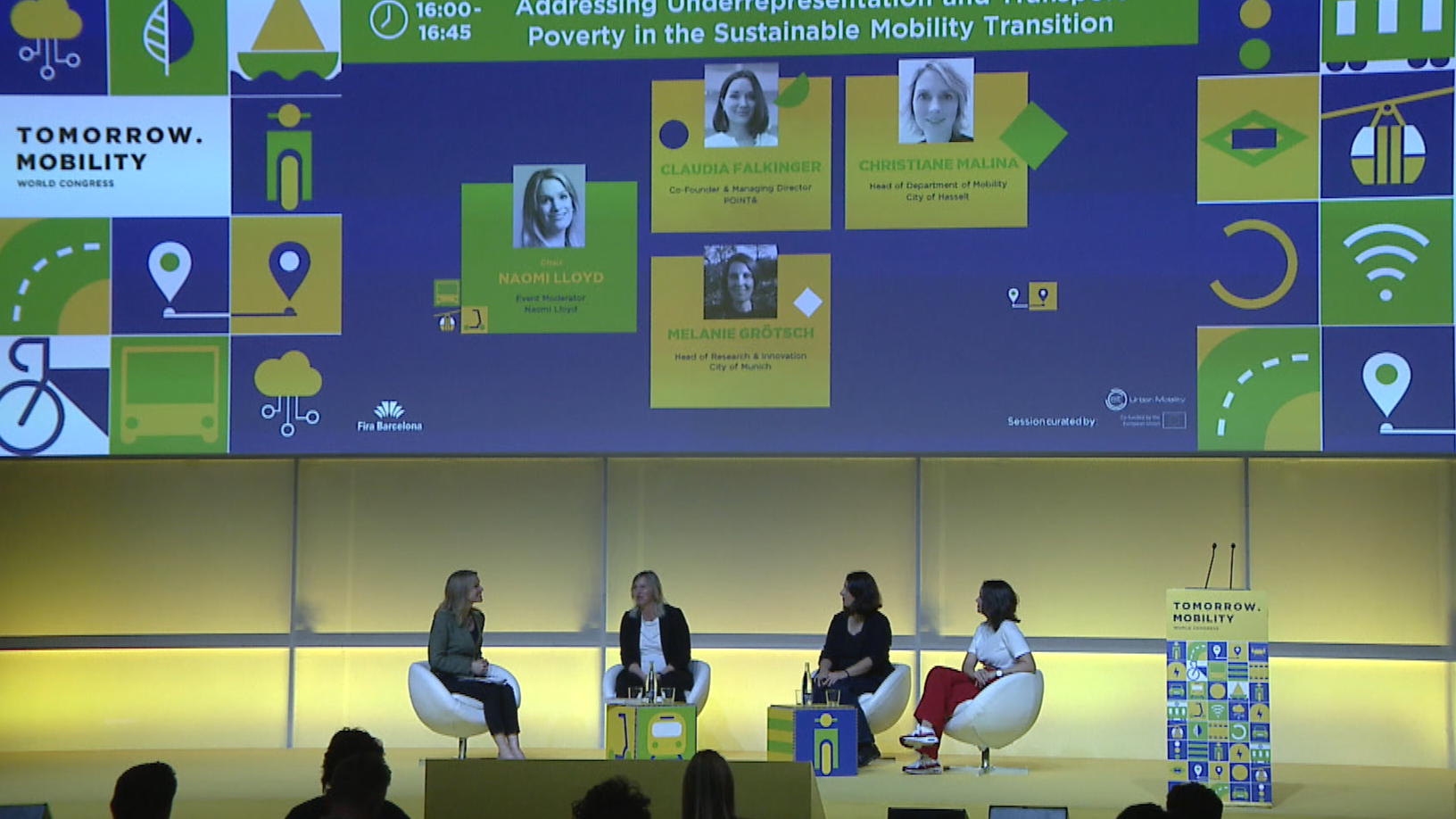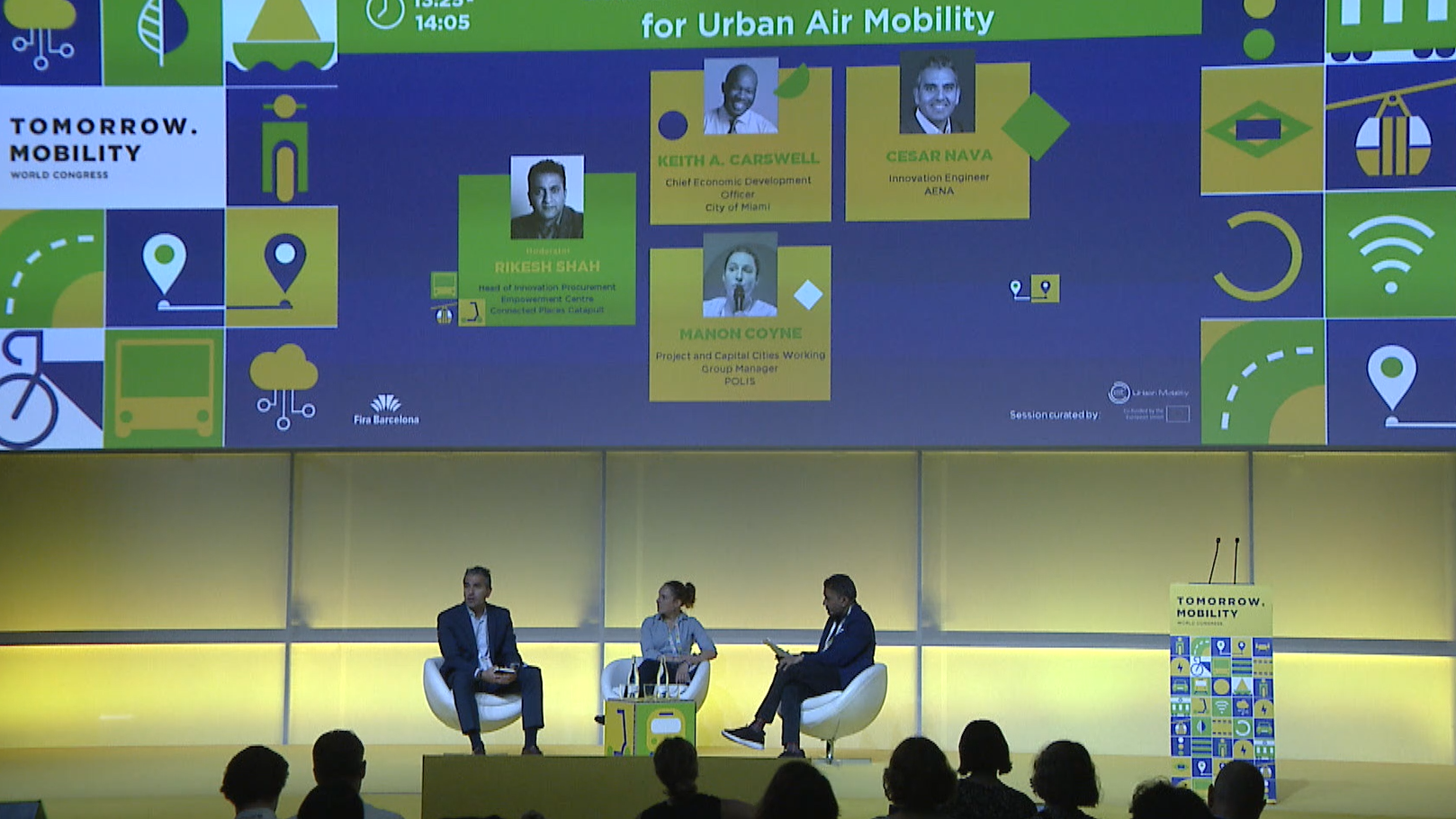This is a guest post by EIT Urban Mobility. EIT Urban Mobility is the leading innovation community for urban mobility in Europe, committed to accelerating the transition to sustainable urban mobility and more liveable urban spaces.

Residents enjoying a public space enhanced by elements from EIT Urban Mobility’s FURNISH project in Barcelona, Spain
As we acknowledge five years since the outbreak of COVID-19, we reflect on how the pandemic reshaped the world in profound ways. Beyond the immediate devastation – millions of lives lost, economies shattered, and healthcare systems overwhelmed – it also sparked a wave of change and reconsideration. Human behaviour evolved as people adapted to new ways of living, working and interacting. Cities, too, were reimagined with a stronger focus on public health and liveability. Out of necessity came innovation, a ‘new normal’ was born, and some of the projects and initiatives started during the pandemic continue to shape urban environments today.
A boom in urban mobility startup investment
One of the most significant shifts after the start of the pandemic was the acceleration of investment in urban mobility startups. Recognising the urgent need for innovative transport solutions, organisations like EIT Urban Mobility launched specialised Accelerator Programmes to support promising ventures with sustainable and impact-oriented solutions. Launched in July 2020, the EIT Urban Mobility Accelerator Programme: Special COVID-19 Edition backed 23 European startups, four of which remain part of the EIT Urban Mobility portfolio today:
- Elonroad: Focused on developing smart charging highway systems that allow electric vehicles to charge while driving, the startup received investment from the French government as part of the France 2030 initiative, to electrify a highway outside of the capital of Paris.
- Meep: A mobility-as-a-service (MaaS) platform integrating various transport options into a seamless user experience, the team has partnered with numerous transport operators and public authorities to bring centralise services – making the sustainable option the easiest option.
- Nemi Mobility Solutions: Enhances public transport efficiency and accessibility in peri-urban and rural areas with AI-driven demand-responsive transport solutions. The startup celebrated their fifth anniversary in early 2025 as they signed on their 11th transport-on-demand service.
- Urban Radar: Providing data-driven insights to optimise urban logistics and transportation planning, the startup piloted their solution in Barcelona to optimise curb management less than a year after receiving investment.

Via ID’s State of Urban Mobility Startups 2024 report showing investment over the last decade in Europe
The success and impact of these four startups is only a drop in the bucket though, considering the sheer amount of financial investment that was poured into the urban mobility industry at this time. According to Via ID’s State of Urban Mobility Startups report, investment more than doubled from 2020 to 2021 in Europe, totalling over $14B. While in recent years investments have been declining as the immediate effects of the pandemic are less top-of-mind, the funding still remains higher than pre-pandemic levels. This financial impact lives on, as startups founded and funded during the investment-boom of the pandemic continue to innovate, create, and implement solutions to our urban challenges.
FURNISH: A temporary project with lasting impact
During the pandemic, cities had to rethink public space to accommodate social distancing and new mobility patterns. One such initiative was FURNISH, an innovative project funded by EIT Urban Mobility, which aimed to temporarily redesign urban spaces for safer, more functional, and more engaging public use.
The initiative ran for three editions and led to the development of 12 different prototypes of urban furniture elements. These modular and quickly deployable elements not only allowed participating cities to experiment with urban design changes in a low-cost and flexible way, but the open-source nature of the prototypes allows for reuse and redevelopment. Thus, the insights from the initiative can be replicated and adapted, allowing cities and communities around the global to benefit from the project’s collective knowledge and insights.

Residents of Espoo, Finland enjoying the modular street furniture from the FURNISH project
Bridging the knowledge gap between urban mobility and public health
Beyond physical infrastructure, education has been a critical factor in addressing urban mobility and public health challenges since the outbreak of the pandemic. Recognising this knowledge gap, EIT Urban Mobility and Barcelona Institute for Global Health (ISGlobal) have collaborated to create an educational initiative to equip professionals with the necessary knowledge and skills to integrate public health perspectives into urban design and studies.
The Introduction to Urban Health course, offered to PhD candidates in EIT Urban Mobility’s Doctoral Training Network, is designed to address the intersection of city planning and public health. The course is led by specialists in the field, such as Carolyn Daher, Public Health Specialist and Coordinator of the Urban Public and Environmental Health (UPEH) Initiative at ISGlobal; Xavier Matilla, Architect-Urbanist and former Chief Architect of Barcelona; and Carlota Sáenz de Tejada, Postdoctoral Researcher for the UPEH Initiative at ISGlobal. This hybrid course (offered both online and in Barcelona) explores how urban environments influence health and well-being. Through lectures, discussions, and case studies, participants learn about innovation, sustainability, leadership and intercultural competencies. The hands-on approach ensures that students can apply their knowledge to real-world urban challenges.
In addition to training for PhD candidates, EIT Urban Mobility is also launching the Urban Mobility and Healthy Ageing: Innovations for a Sustainable Future (UMAIS) Summer School this summer 2025. Co-led by the University of Lisbon and the Universitat Politècnica de Catalunya in Barcelona, participants will explore the intersection of ageing, mobility and innovation.
These programmes highlight the critical role of health in urban mobility planning, responding to the knowledge gap that became clear during the initial days of COVID-19. By bringing together students from diverse backgrounds, these programmes emphasise interdisciplinary solutions and foster collaboration across public health, architecture, and transport sectors. With a goal of upskilling the next generation of urban mobility professionals, these programmes contribute to shaping healthier cities that integrate wellness into the fabric of their designs and initiatives.
The enduring legacy of COVID-19 on cities
While the COVID-19 pandemic was a global tragedy, it also catalysed meaningful changes in urban environments. Investment in urban mobility startups boomed, as innovative solutions became more necessary than ever before. Cities became testbeds for innovation, pushing forward policies and projects that prioritise health, mobility and sustainability. The rapid rise of urban mobility startups, the implementation of experimental design projects like FURNISH, and the ongoing educational efforts to bridge knowledge gaps all point to a lasting transformation.
Five years later, the effects of COVID-19 on cities are still unfolding but one thing is clear – the crisis forced a re-evaluation of how cities function, resulting in urban realities that are markedly different from their pre-pandemic forms.






